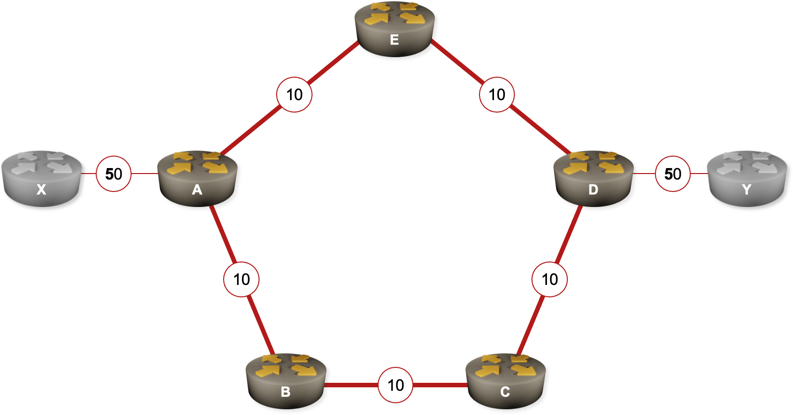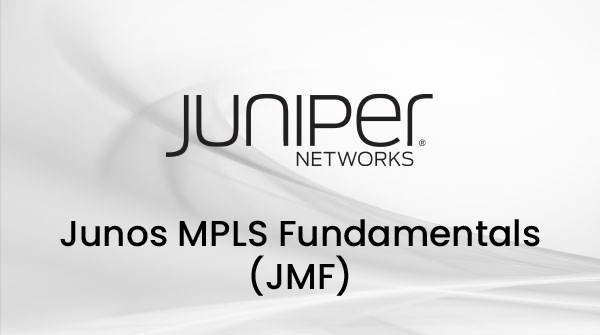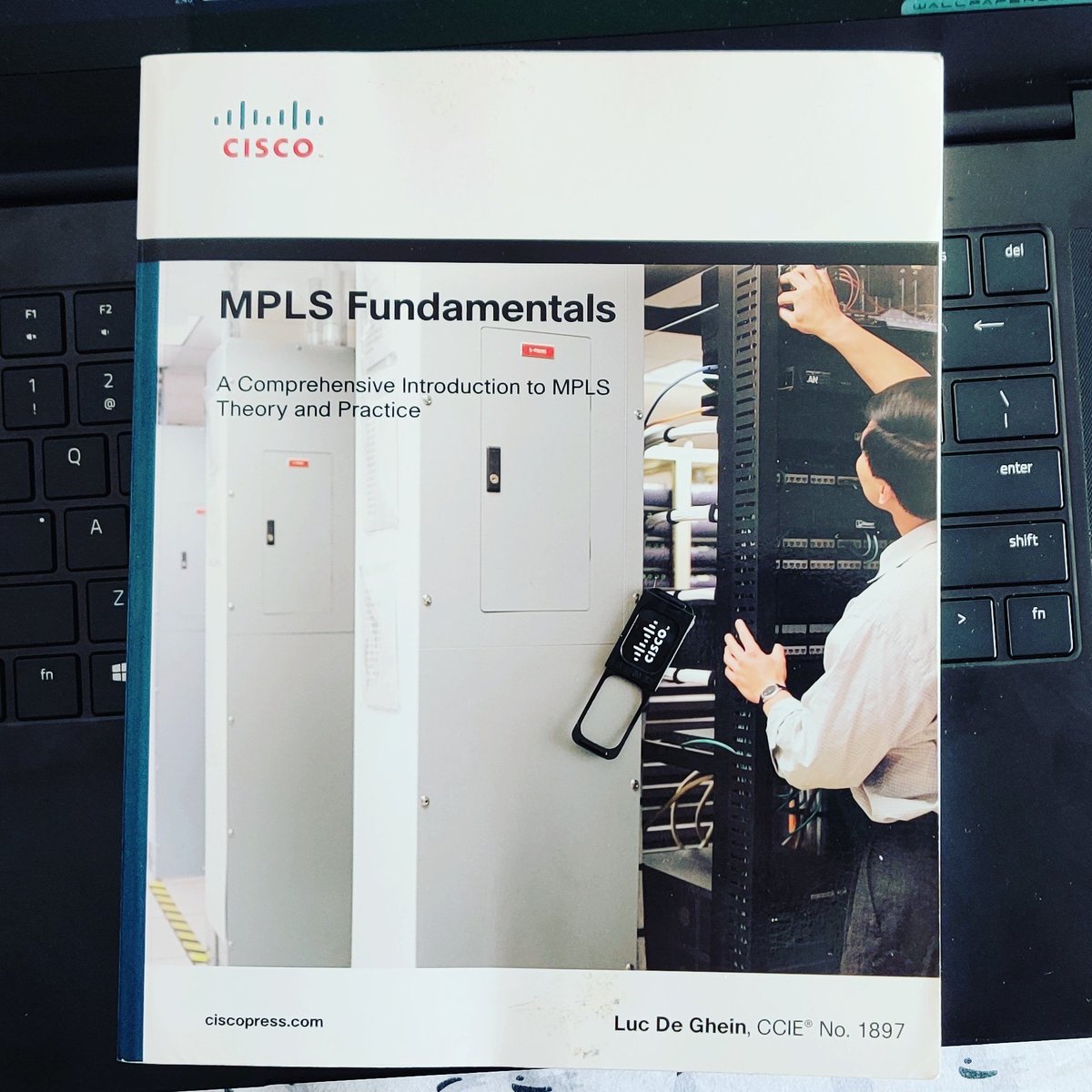

– Layer 2 VPNs : The provider interconnects the customer sites via the Layer 2 technology – usually ATM, Frame Relay, or Ethernet – of the customer’s choosing. 元 VPNs are attractive to customers who want to leverage the service provider’s technical expertise to insure efficient site-to-site routing.

The customer’s CE router at each of his sites speaks a routing protocol such as BGP or OSPF to the provider’s PE router, and the IP prefixes advertised at each customer site are carried across the provider network. – Layer 3 VPNs: With 元 VPNs the service provider participates in the customer’s Layer 3 routing. Later on, it was adopted as an industry standard in late1990s.Įnough about the history and importance, lets take a look at different types of MPLS-based VPNs MPLS had all these points into consideration as it evolved right inside cisco labs, where it took birth. Traditionally VPN were based on IPsec (layer 3) or TLS (layer 2) which were slow and sluggish and merely less on features.

And VPN is all about creating a virtual network end to end across the internet. MPLS is the protocol that runs on top of your routing protocols. One of the most compelling drivers for MPLS in service provider networks is its support for Virtual Private Networks (VPNs), in which the provider’s customers can connect geographically diverse sites across the provider’s network.įirst thing people confuse is the usage of the words MPLS and VPN. MPLS popularity has increased exponentially in the last 5 years. This article should be knowledgeable to both kinds of audience. And if you are fair guy into networking, you often play with it. Probably if you work in a Fairly big company, you would have heard of the the word MPLS and MPLS VPN.


 0 kommentar(er)
0 kommentar(er)
